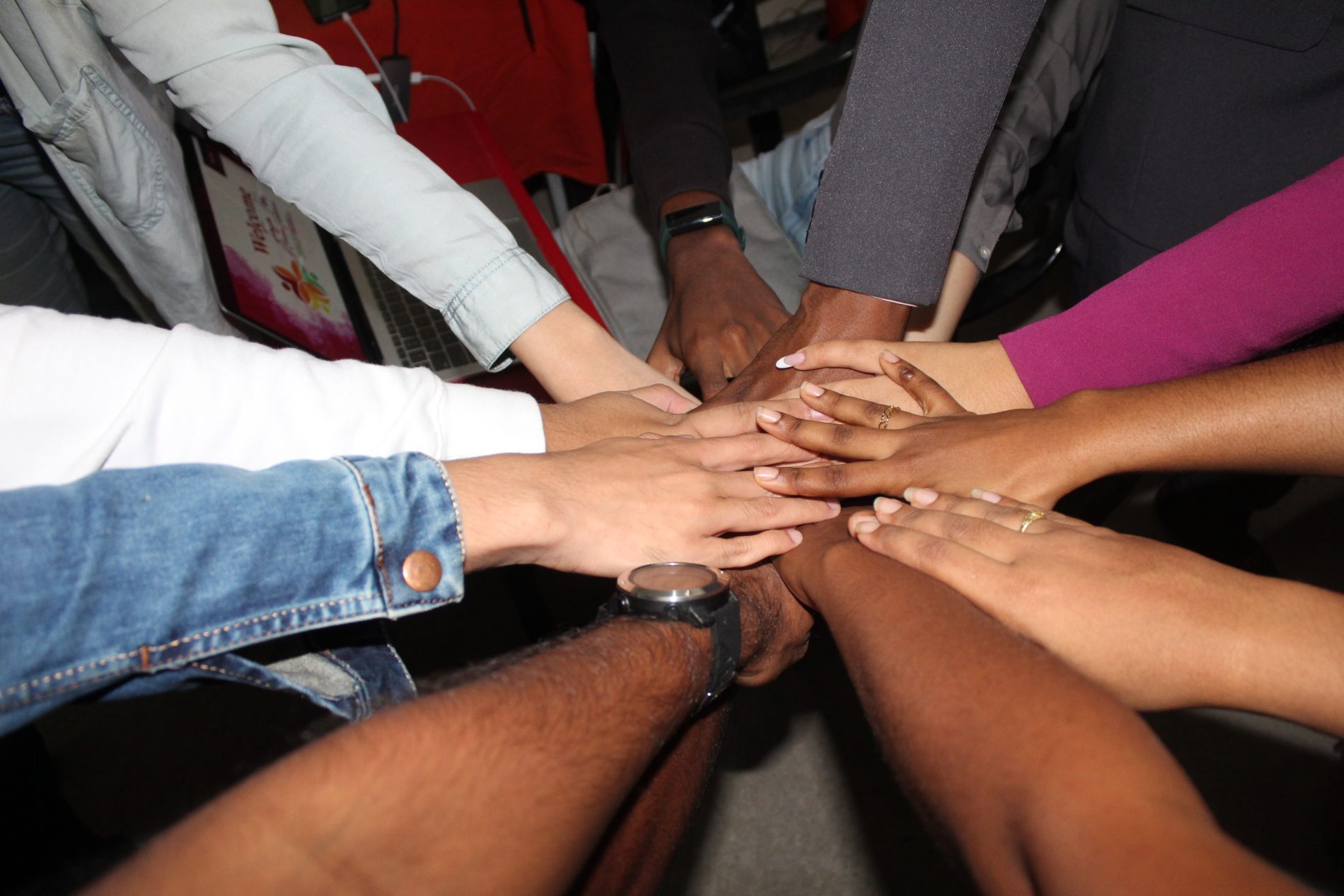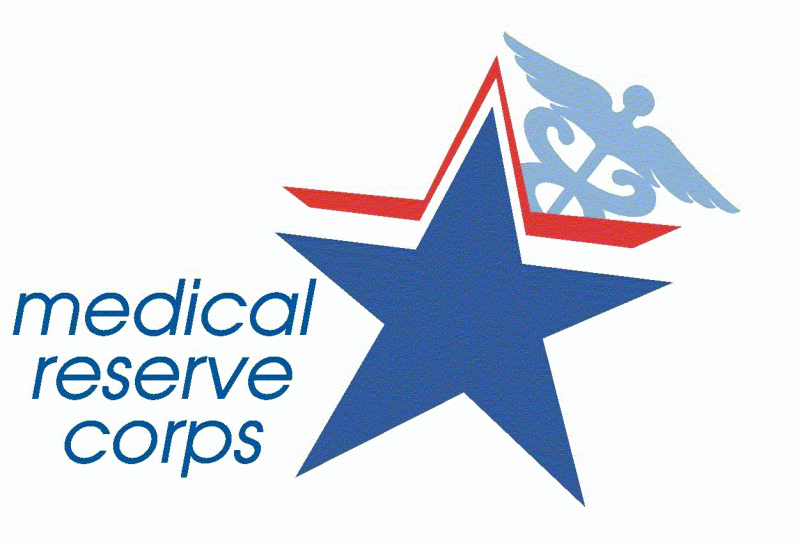Mission
The mission of the Geauga County Medical Reserve Corps is to enhance the existing healthcare capabilities by collaborating with local response partners to provide an organized system of trained volunteers who would be activated in times of community need and who may be utilized to serve with public health outreach and education.
You are not required to provide volunteer services outside of Geauga County, however you can choose to assist within your county, region, state, and/or nation on the Ohio MRC application.



